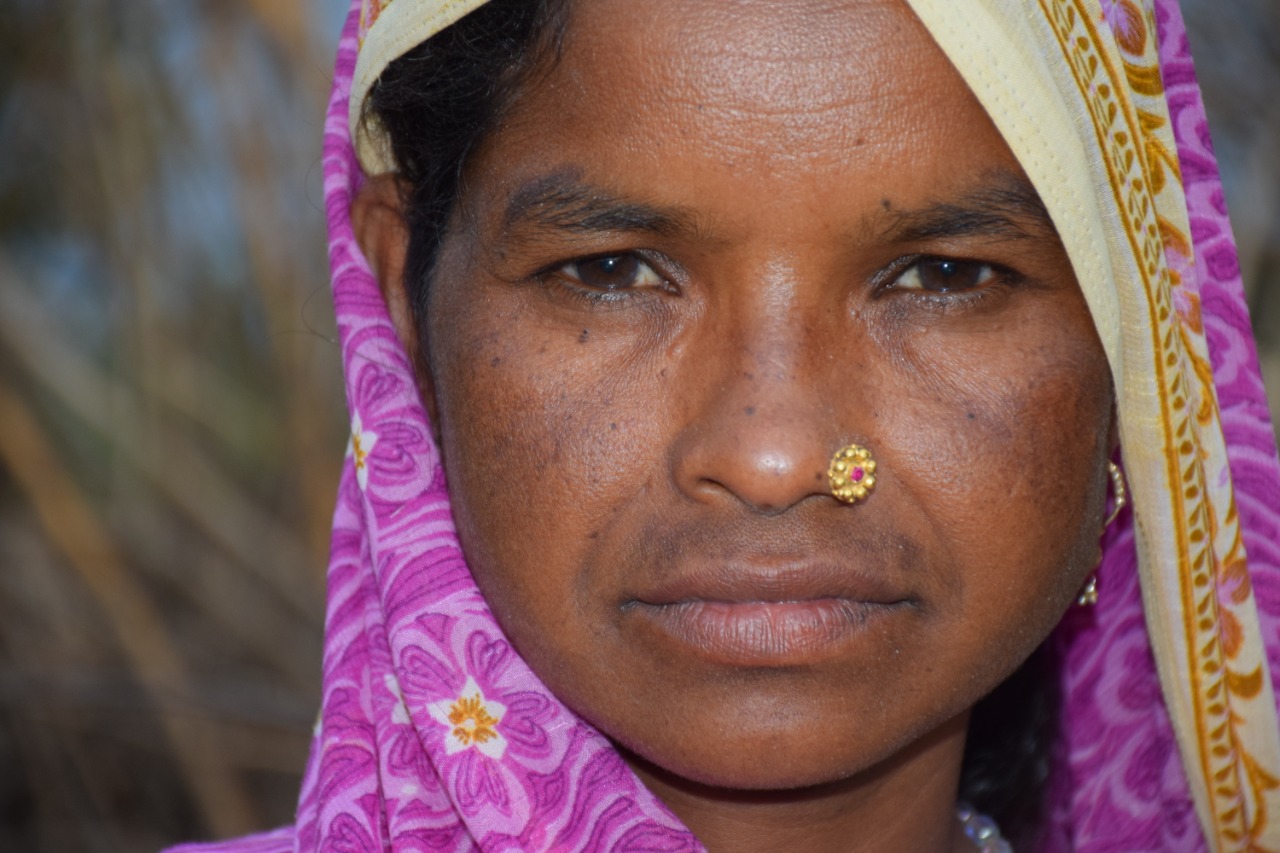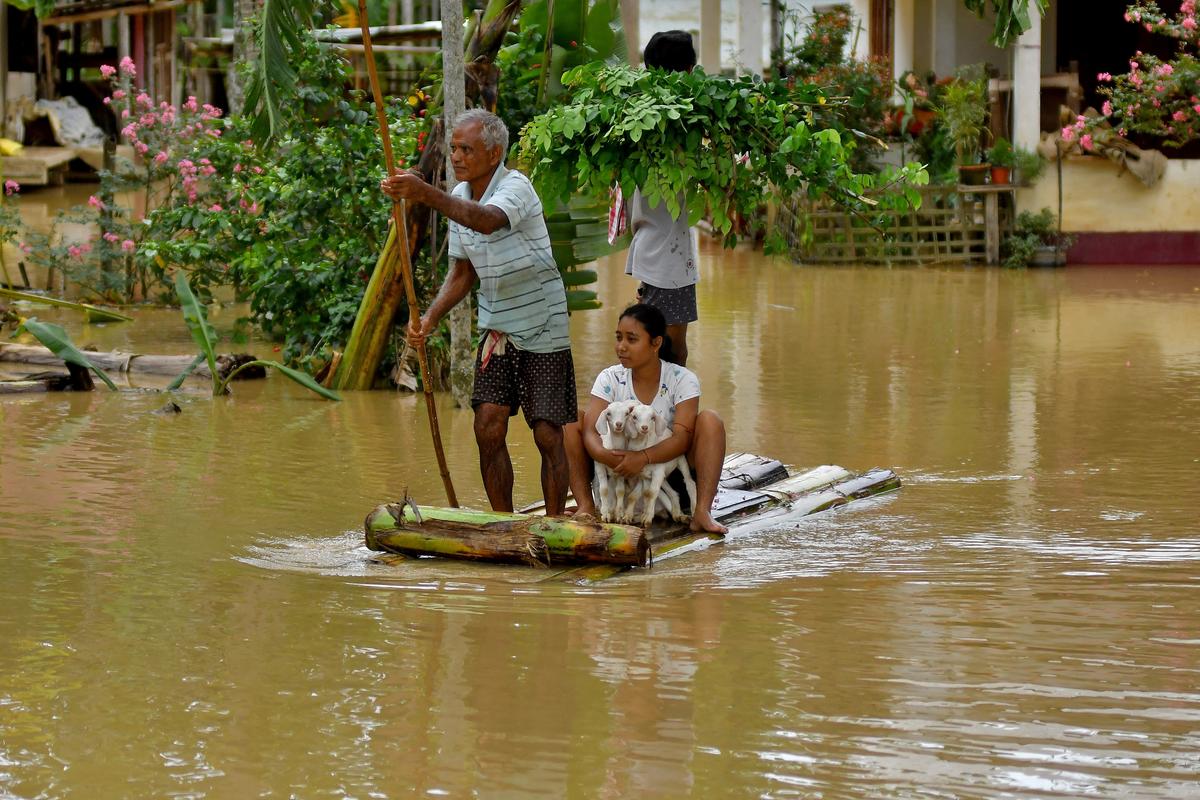CASA BLOGS

Ensuring Girls’ Safety in India: A Path Toward Empowerment
Girls’ safety in India remains a critical issue that has garnered increasing attention over the years. Despite various reforms and efforts from both government and civil society, challenges persist. From street harassment to domestic violence, gender-based discrimination continues to limit the freedom and safety of girls. While significant progress has been made in addressing these concerns, there is still a long way to go in ensuring that girls and women feel safe and empowered in all aspects of life.
The Current Landscape of Girls’ Safety in India
India is a country where gender inequality and violence against women are deeply ingrained in societal norms. Issues such as child marriage, sexual harassment, trafficking, and domestic violence disproportionately affect girls and women. According to the National Crime Records Bureau (NCRB), crimes against women have seen a rise in recent years, and the safety of girls remains a pressing concern.
Factors such as a patriarchal mindset, lack of education, and inadequate law enforcement contribute to these challenges. Many girls face restricted mobility, especially in rural areas, due to safety concerns, limiting their access to education and opportunities.
Key Regulations and Laws Addressing Girls’ Safety
India has introduced several laws aimed at protecting girls and women from violence and ensuring their rights. Some of the most prominent legal frameworks include:
1. Protection of Children from Sexual Offenses (POCSO) Act, 2012
This act is a comprehensive legal framework designed to protect children under the age of 18 from sexual abuse, harassment, and pornography. The law includes stringent penalties for offenses and mandates a child-friendly judicial process to ensure the safety and well-being of minors.
2. Criminal Law (Amendment) Act, 2013
Commonly known as the Nirbhaya Act, this law was introduced after the tragic gang rape incident in Delhi in 2012. The law broadens the definition of sexual assault and introduces harsher penalties, including the death penalty, for offenders in cases of gang rape, rape of minors, or cases resulting in death or a vegetative state. It also fast-tracks cases of sexual violence to ensure timely justice.
3. Prohibition of Child Marriage Act, 2006
Child marriage is still prevalent in parts of India, with girls being disproportionately affected. This law prohibits the marriage of girls under the age of 18 and boys under 21, aiming to protect minors from the dangers of early marriage, including health risks and lack of access to education.
4. Domestic Violence Act, 2005
This act is a vital legal framework designed to protect women and girls from domestic violence. It allows for protection orders, financial compensation, and shelters for survivors. The law aims to safeguard women’s rights within the household and ensure their physical and emotional well-being.
5. The Juvenile Justice (Care and Protection of Children) Act, 2015
This law addresses crimes against minors, ensuring their protection and providing rehabilitation and care to children who have been victims of violence or exploitation. It includes provisions for the protection of girls from various forms of abuse and neglect.
Gaps in Implementation and Challenges
Despite strong legal frameworks, the implementation of these laws often falls short. A lack of awareness among the general population, especially in rural areas, combined with inadequate training for law enforcement, results in many cases going unreported or unresolved. The stigma surrounding sexual violence and harassment prevents many girls and women from coming forward, fearing social backlash.
Furthermore, the judicial process, though reformed, remains slow, with many cases dragging on for years, causing emotional and psychological distress to the survivors.
Steps Toward a Safer Future for Girls in India
Creating a safer environment for girls in India requires a multi-faceted approach that addresses both cultural norms and systemic issues.
1. Education and Awareness
Raising awareness about girls’ rights and the importance of their safety is essential. Schools and community programs must actively promote gender equality and teach young boys and girls about consent, respect, and mutual understanding.
2. Strengthening Law Enforcement
Police and judicial systems must be more accessible and sensitive to the needs of survivors. Specialized training for police officers and judicial authorities on handling cases of violence against girls will foster a more supportive and responsive system.
3. Empowering Girls
Empowering girls through education, skill development, and leadership opportunities will give them the tools they need to stand up for themselves and assert their rights. Programs that encourage girls to take on leadership roles and build self-confidence can play a significant role in their safety and independence.
4. Community Involvement
Local communities play a crucial role in ensuring the safety of girls. By involving community leaders, parents, and local influencers, initiatives can be more effective in creating a safer environment for girls. Community vigilance programs and neighborhood watch systems can also contribute to curbing violence against girls.
5. Improving Infrastructure
In many parts of India, a lack of basic infrastructure, such as street lighting, clean public restrooms, and safe public transportation, contributes to girls’ vulnerability. Investing in infrastructure that prioritizes women’s safety will significantly improve their freedom and mobility.
Conclusion
Ensuring the safety of girls in India is not just a legal or policy issue but a societal one. It requires a collective effort from government agencies, law enforcement, educational institutions, and local communities. By addressing the root causes of gender-based violence and discrimination, we can create a safer, more equitable environment for girls, empowering them to pursue their dreams and live without fear. Only when girls are safe and empowered can we hope to achieve true gender equality in India.
 Previous Blog Post The Connection Between Monsoons and Floods in India: An In-Depth Analysis
Previous Blog Post The Connection Between Monsoons and Floods in India: An In-Depth Analysis Mental Health Awareness in India: Addressing Key Challenges
Mental Health Awareness in India: Addressing Key ChallengesFeatured Post

Mental Health Awareness in India: Addressing Key Challenges
8 Nov 2024
Mental health awareness is crucial in India, where millions silently struggle with mental health disorders, including depression, anxiety, and bipolar disorder. Despite growing recognition, India faces unique challenges in effectively addressing mental health issues. The stigma associated with mental illness remains a primary barrier. In Indian society, mental health issues are often misunderstood, leading to […]

Ensuring Girls’ Safety in India: A Path Toward Empowerment
20 Aug 2024
Girls’ safety in India remains a critical issue that has garnered increasing attention over the years. Despite various reforms and efforts from both government and civil society, challenges persist. From street harassment to domestic violence, gender-based discrimination continues to limit the freedom and safety of girls. While significant progress has been made in addressing these […]

The Connection Between Monsoons and Floods in India: An In-Depth Analysis
9 Jul 2024
India, a land of diverse climates and geographical features, relies heavily on the monsoon season for its agricultural and water resources. However, with the benefits of the monsoon rains come significant challenges, particularly in the form of floods. This blog explores the intricate relationship between the monsoon season and flooding in India, providing detailed insights […]



Leave a Reply
You must be logged in to post a comment.